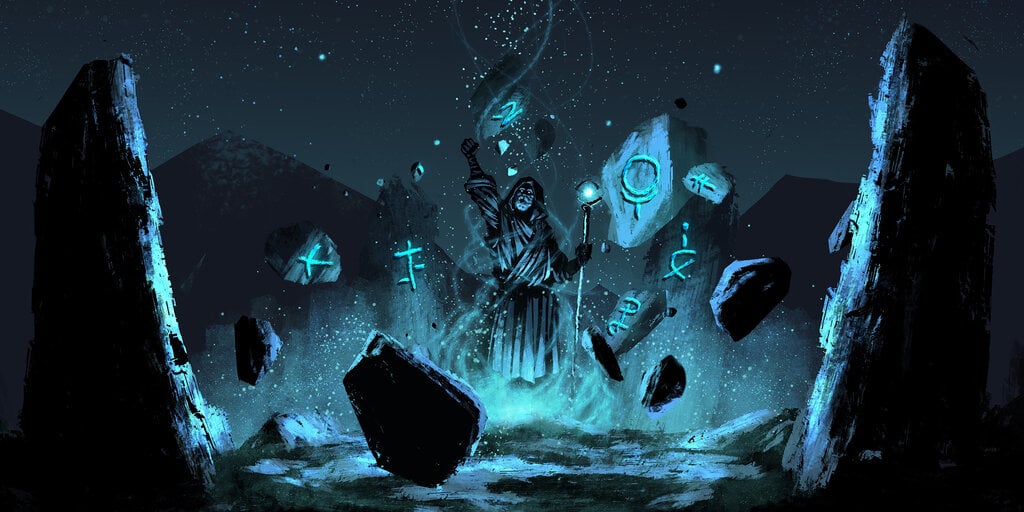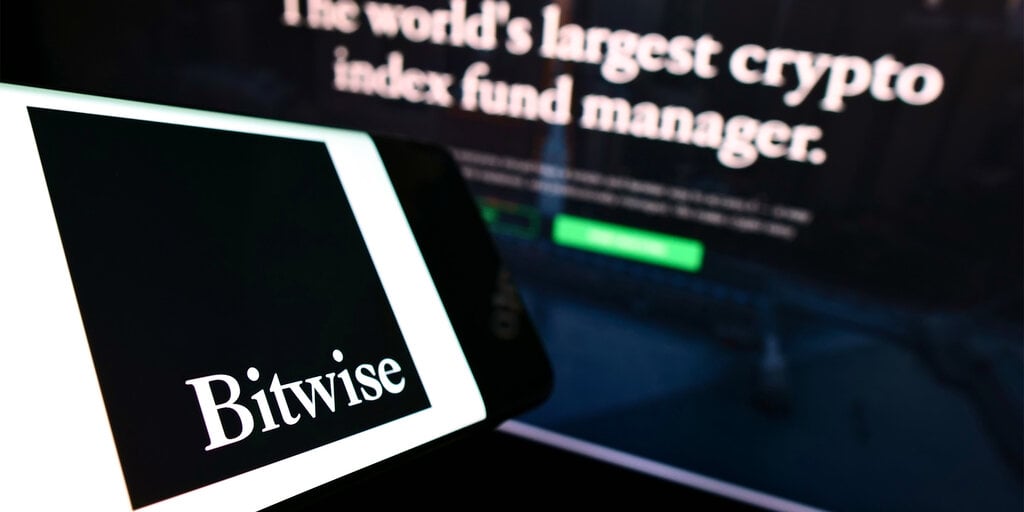The Evolution of Runes Token Protocol Post Bitcoin Halving
Following the recent Bitcoin halving event, the rollout of the new Runes token protocol took place on the Bitcoin network, marking a significant milestone in the crypto space. Since its inception on April 20, the Runes protocol has witnessed the creation of over eight thousand “etchings,” which refer to the deployment of Runes tokens on the Bitcoin blockchain, as reported by Ordinals and Runes launchpad Luminex.
An Insight Into Runes Token Naming Conventions
One notable trend observed among the newly minted digital assets on the Runes protocol is the adoption of long and intricately formatted names. A perusal of the growing category on exchanges like Magic Eden reveals tokens with names such as “SYMPATHETIC•PARAMUTUALISM” and “WANKO•MANKO•RUNES”.
The Logic Behind Elaborate Token Names
Although the extended and unconventional names of Runes tokens may appear peculiar at first glance, creators argue that there is a method to this naming madness. The Runes protocol enforces a minimum name length requirement to deter potential name squatting, which involves opportunistically registering recognized brand or trademark names for profit, as explained by OrdinalsBot co-founder Brian Laughlan in an interview with Decrypt.
Laughlan elaborated, stating, “The name requirement begins with a longer length and gradually shortens over time. While unusual, this approach ensures that no individual can secure trademarked names such as ‘PEPSI’ right from the protocol’s launch.”
Despite these regulations, an individual managed to etch a Rune named THE•NEW•YORK•TIMES, seemingly unaffiliated with the renowned publication.
The Runes protocol dictates that the minimum name length decreases by one character every 17,500 blocks, fostering a dynamic and evolving naming landscape for token creators. According to the Ordinal Theory Handbook authored by Casey Rodarmor, a Rune’s name must consist of 1 to 28 characters within the A to Z alphabet range, with unique names irrespective of spacing.
Furthermore, each Rune must possess a distinct name, even if the letter sequence matches that of an existing token. Once etched, a Rune’s properties remain immutable, as outlined in the protocol’s documentation.
The Genesis of the Runes Protocol and Its Functionalities
The brainchild of Bitcoin Ordinals developer Casey Rodarmor, the Runes protocol was unveiled in September with the promise of facilitating fungible tokens on the leading blockchain in terms of market capitalization. Rodarmor positioned Runes as a solution to the inefficiencies associated with the prior BRC-20 token standard, particularly addressing concerns related to block space optimization.
Although initial perceptions may equate Runes with BRC-20 tokens, Ken Liao, CEO of Bitcoin wallet provider Xverse, emphasized that distinctions between the two token types will become more evident over time.
Liao remarked, “Early comparisons between Runes and BRC-20 tokens have highlighted trading issues, primarily stemming from the nascent stage of Runes adoption. Many Runes marketplaces have simply replicated their BRC-20 integration. However, refinements are anticipated in the ensuing weeks, clarifying the unique value proposition of Runes in the crypto ecosystem.”
Image/Photo credit: source url





